Bald-faced Hornet Worker Collecting Nest Material
A female bald-faced hornet worker (Dolichovespula maculata) was stripping the surface of a wooden fence post to collect nest building material. While stripping with mandibles the cellulosic material gets rolled up under her thorax. She strips a piece as long as her body and then climbs up again to strip another. Two consequtive strips must have been the optimal load size to carry into the nest. Leaf-cutter ants of the neotropics also use their bodies as yard sticks. The motivation […]

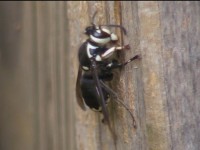
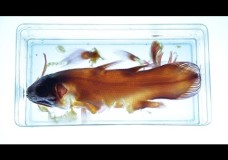




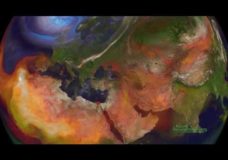
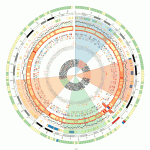
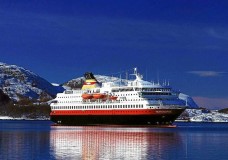

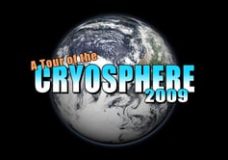
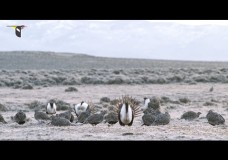
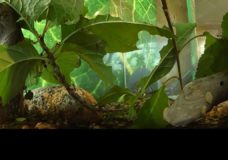

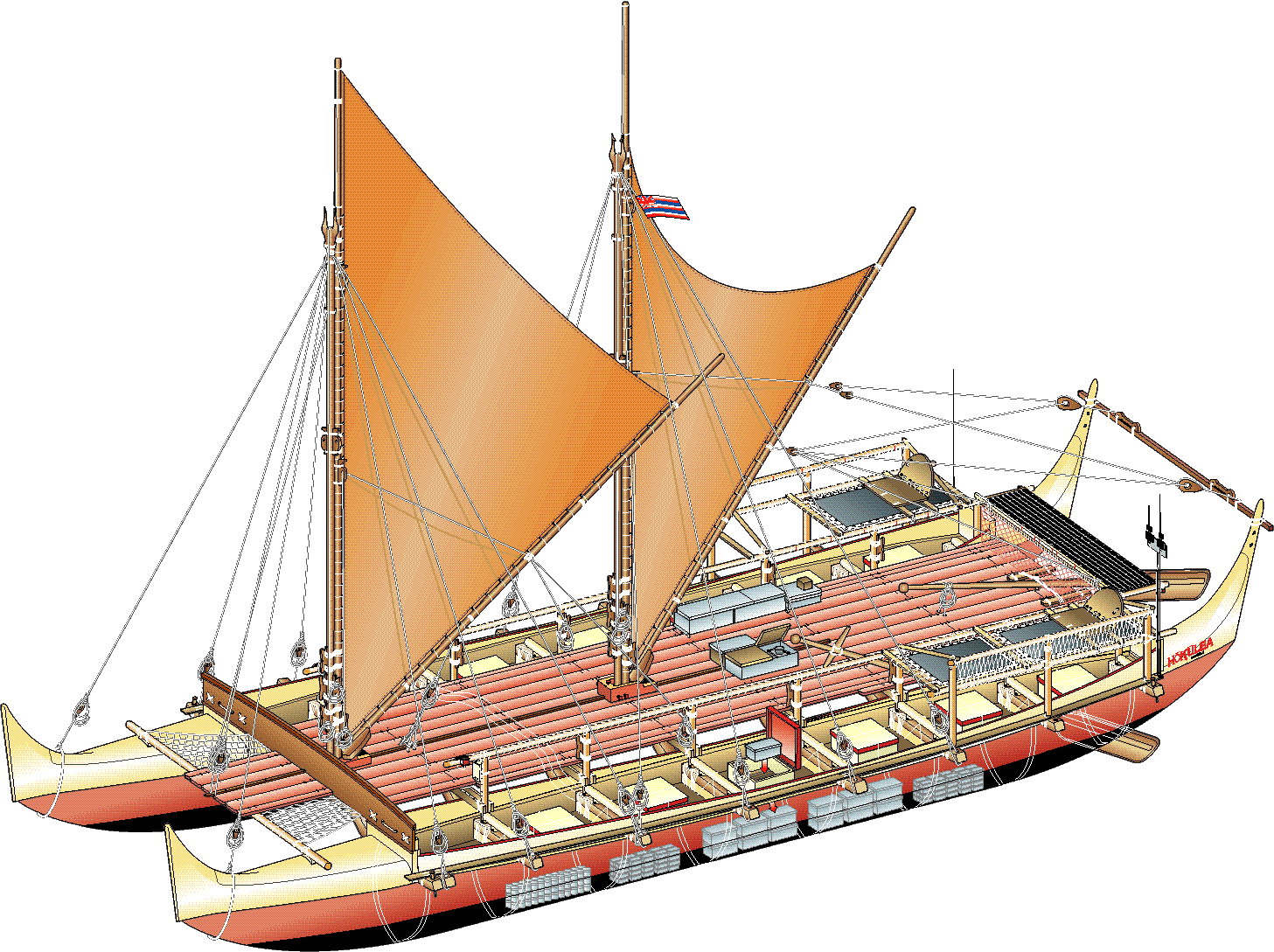

Recent Comments